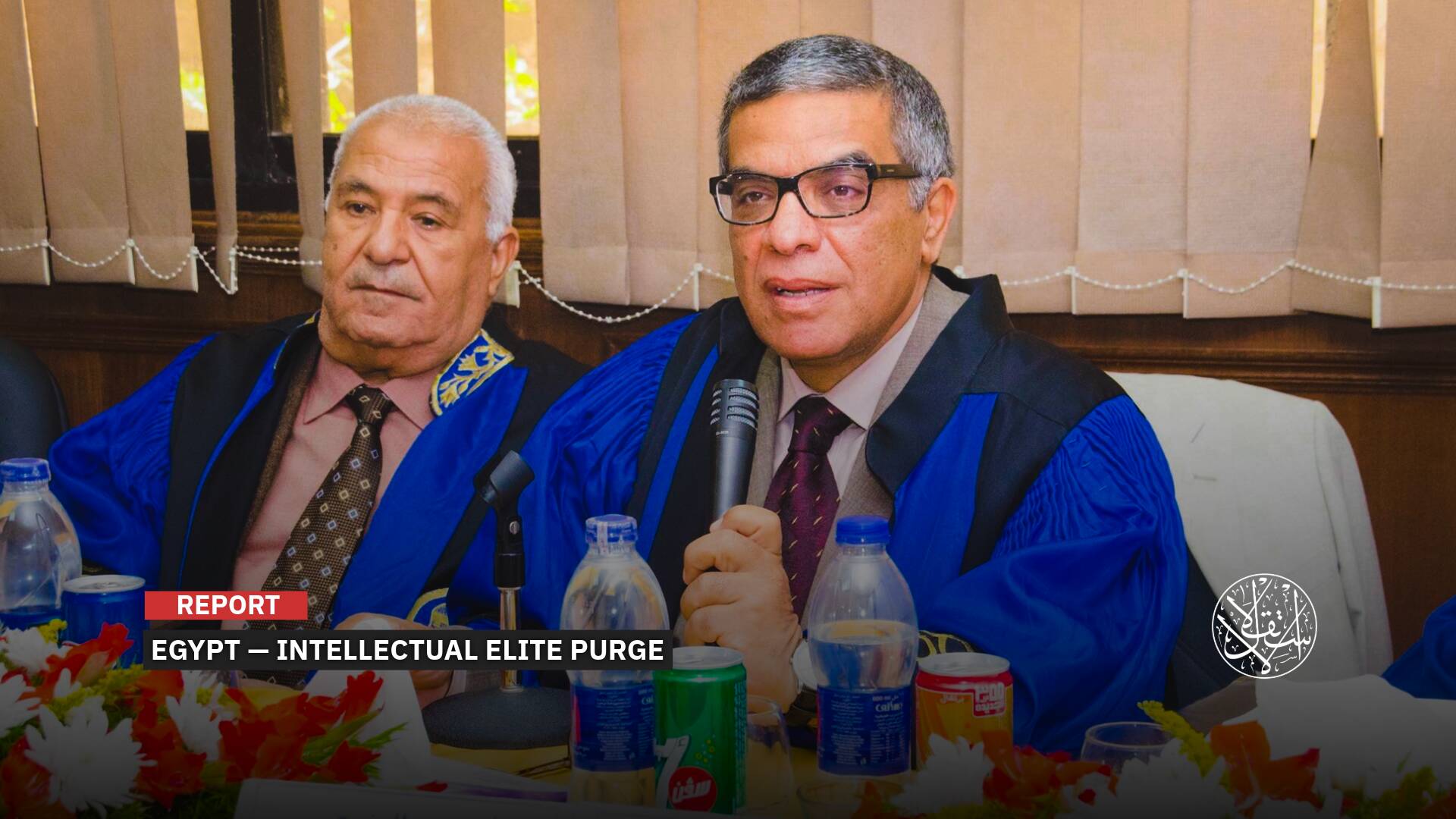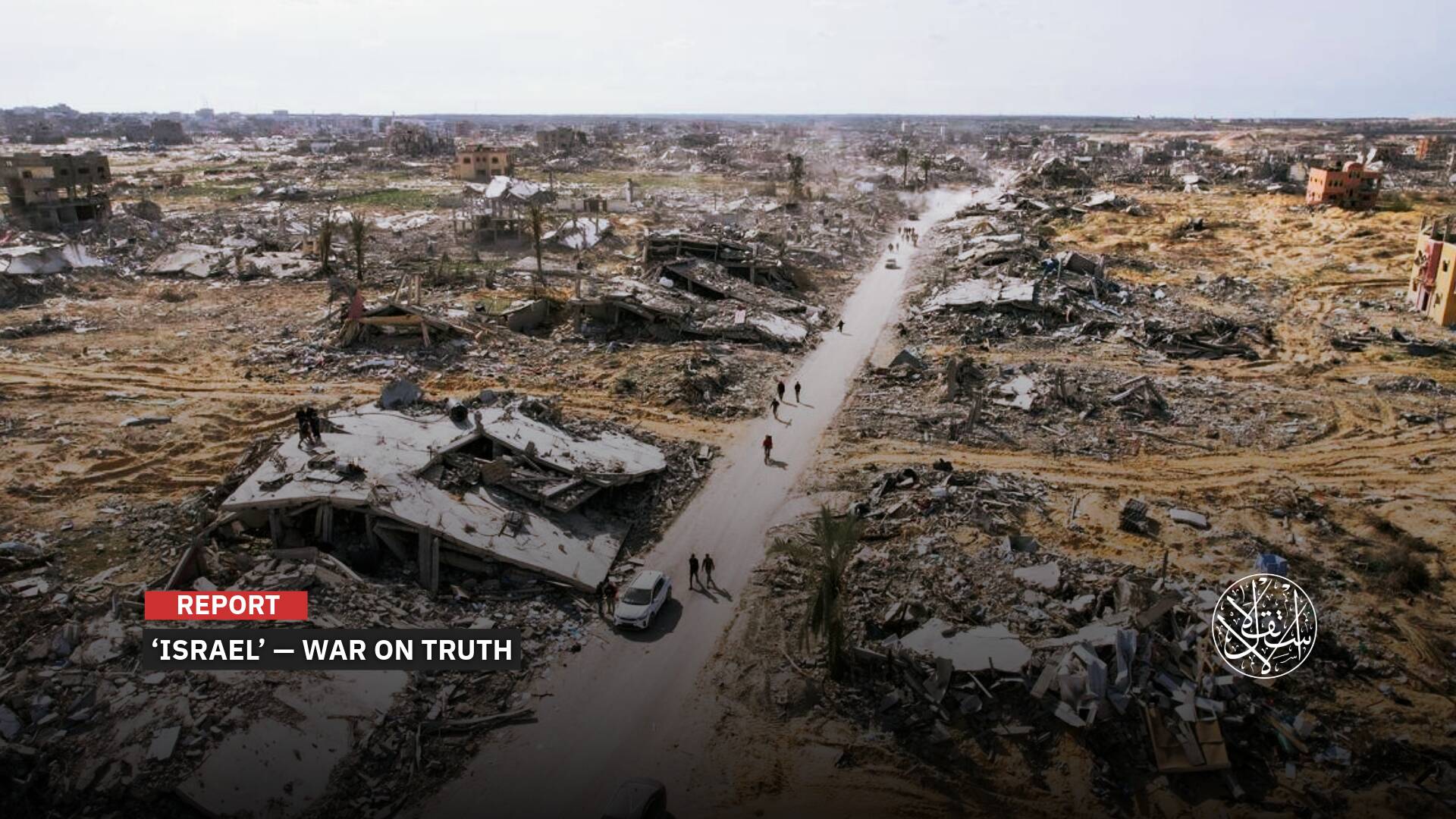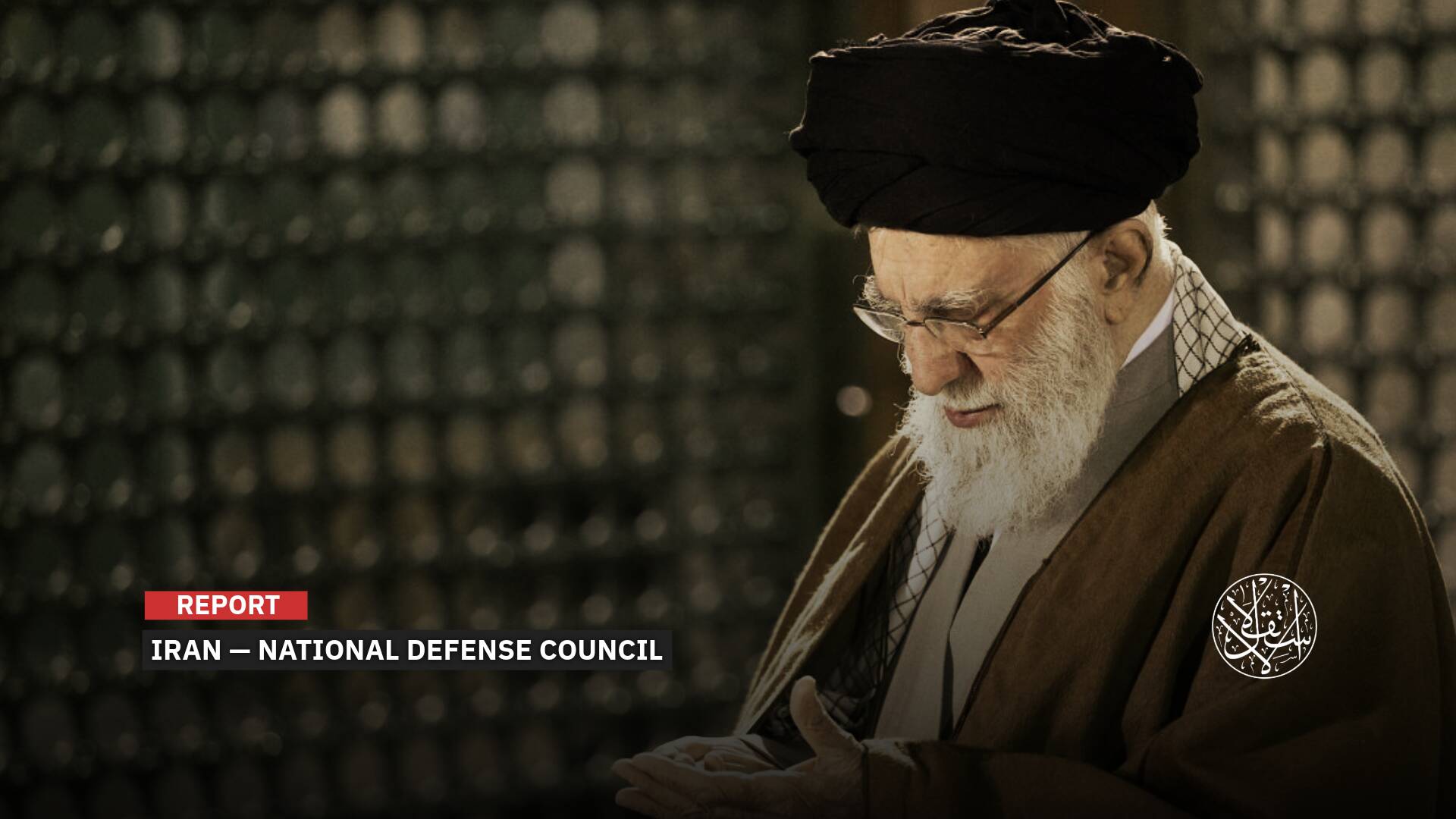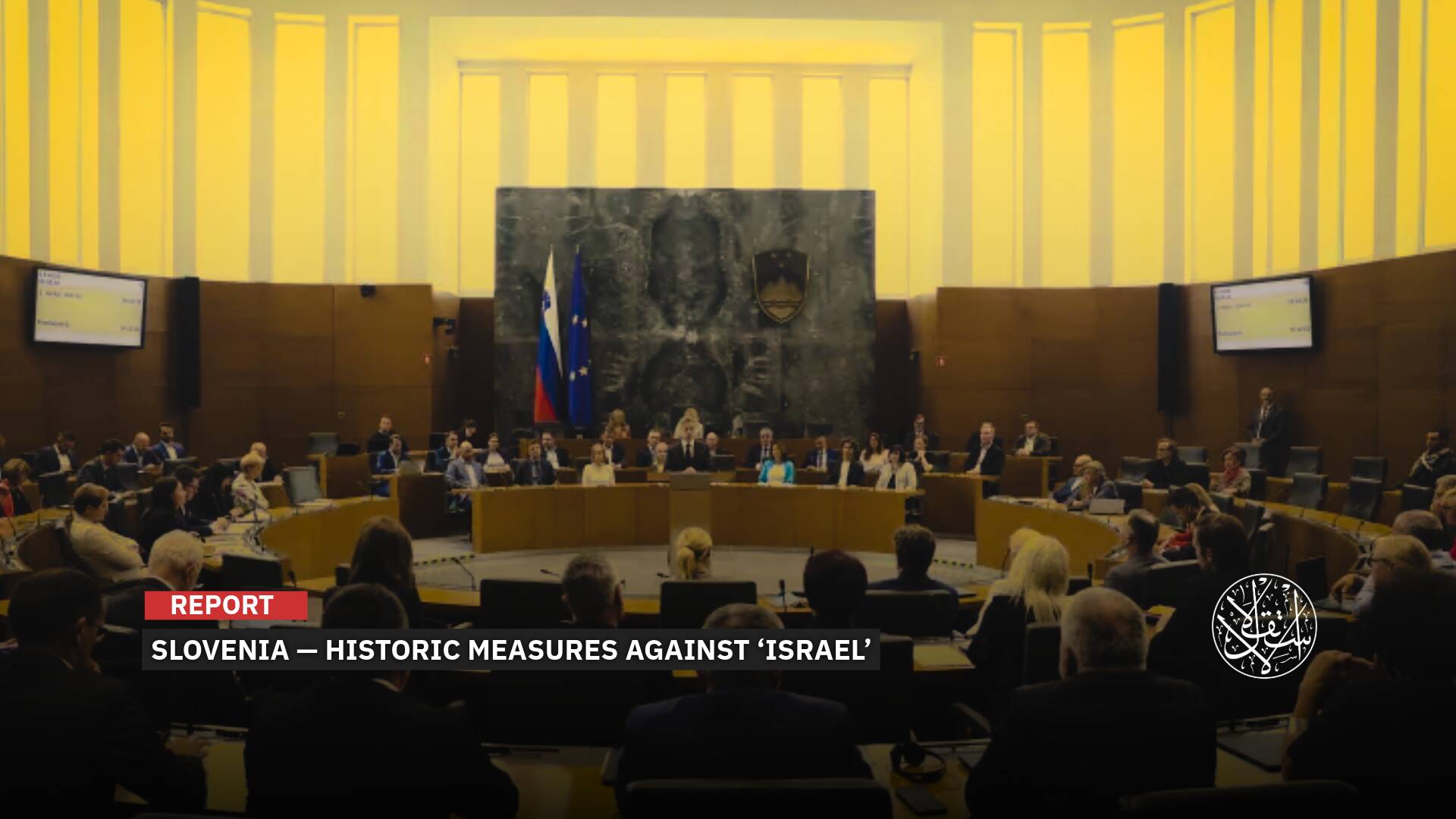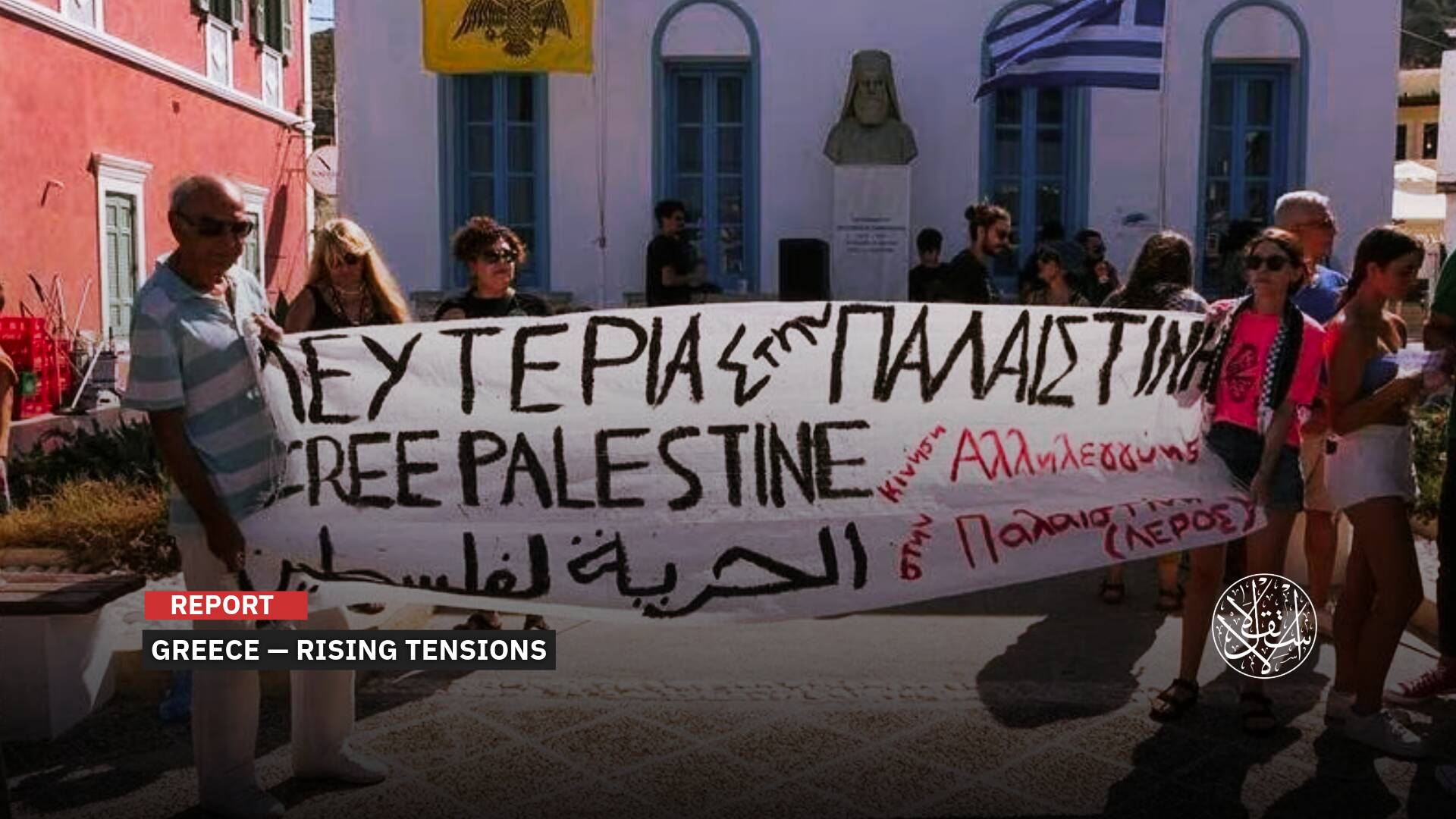Amid Widespread Criticism: How the Israeli Army Began Reoccupying Gaza City
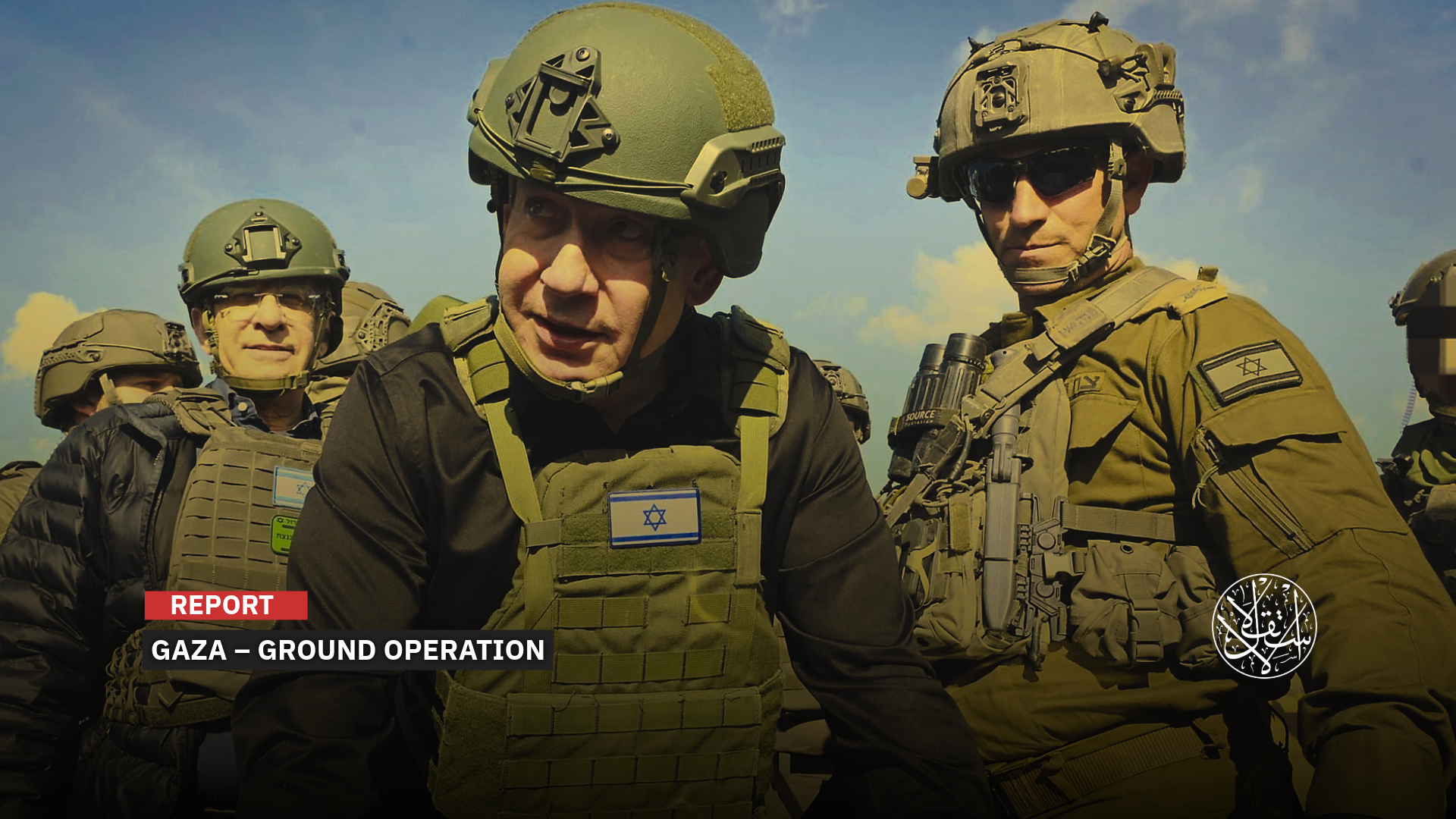
“The Israeli military may need between 80,000 and 100,000 reserve soldiers to occupy Gaza City.”
After 22 months of war, Israeli troops control more than 75% of Gaza, while Prime Minister Benjamin Netanyahu speaks of maintaining security control long term after the war.
During the preceding period, “Israel” occupied virtually every inch of the Gaza Strip. However, it recently announced its intention to begin implementing a plan to reoccupy Gaza City in several phases, potentially lasting for about four months.
However, it is clear that the gap between the differences within Israel regarding the implementation of a new incursion and its consequences has escalated sharply, particularly at the political and military levels, which prefer a deal to return the detained prisoners to a confrontation that could lead to further human and material losses.
This comes as nearly one million Israelis have participated in widespread demonstrations and strikes, demanding an end to the war in Gaza and the return of the hostages.
Rights groups and aid organizations have warned that an Israeli incursion in Gaza City would result in the forced displacement of hundreds of thousands of Palestinians.
The death toll from Israel's genocidal war has risen to more than 61,000 dead and over 155,000 wounded.
Israeli Objectives
The Israeli military recently announced the approval of a plan for the next phase of the war in the Gaza Strip, which includes a large-scale ground operation to seize control of Gaza City and the refugee camps in the city center, in an attempt to dismantle Hamas.
On August 17, a military statement quoted Chief of Staff Eyal Zamir as saying: “Today we are approving the plan for the next phase of the war.”
“We will maintain the momentum achieved in Operation Gideon’s Chariots while concentrating our efforts on Gaza City. We will continue the offensive until Hamas is eliminated, and the abductees are before our eyes,” he added.
A few days ago, Zamir had expressed his opposition to the plan to occupy Gaza, stressing that the Israeli military was exhausted by the war, which had been ongoing for less than two years, and might not be able to achieve total control.
However, he later backed down and expressed his willingness to meet the political leadership's objectives.
Contrary to reports by media outlets and military analysts confirming the failure of Operation Gideon’s Chariots, announced in mid-May, Zamir claimed that the operation achieved its objectives and that Hamas does not possess the same capabilities today as it did before the operation.
The Israeli newspaper Yedioth Ahronoth recently revealed details of a military plan for a full invasion of Gaza City and the northern Gaza Strip, preparations for which could extend until 2026.
The new plan calls for the evacuation of Gaza City's residents to the southern Gaza Strip, followed by the encirclement of the city on all sides, and the subsequent implementation of military incursions into residential areas.
The Israeli military is expected to send between 80,000 and 100,000 reservists to participate in the operation to occupy Gaza City.
In this context, Spain, Iceland, Ireland, Luxembourg, Malta, Norway, Portugal, and Slovenia condemned Israel's plan to occupy Gaza in a joint statement.
They warned that it would lead to the deaths of large numbers of civilians and force Palestinians to flee their homes once again.
The UN Office for the Coordination of Humanitarian Affairs expressed concern over Israel's plans to transfer Palestinians to southern Gaza, saying it would only increase the suffering.
Palestinian officials said the Israeli military's recent announcement of its intention to introduce tents into the southern Gaza Strip is a brazen mockery of international conventions and a blatant disrespect to the so-called UN institutions that claim to exist to protect civilians.
Israeli opposition leader Yair Lapid criticized the new plan, believing it would lead to the deaths of prisoners and soldiers, the collapse of Israel's economy, and a decline in its international standing.
For his part, Israeli Prime Minister Benjamin Netanyahu has stuck to his plan to occupy Gaza City, considering the new plan the best way to end the war, defying growing international calls for a ceasefire.

New Ground Incursion
These developments come amid an ongoing Israeli military escalation, raising concerns of serious humanitarian and security repercussions for the civilian population in the Gaza Strip.
The reality on the ground in Gaza indicates that the Israeli army has already begun its plan to take control of the city several days ago, having increased the pace of its operations over the past few days.
With the Israeli Security Cabinet announcing its approval of Netanyahu's plan to take control of Gaza City on August 8, the Israeli military launched an operation in the Zeitoun area, southeast of the city, demanding that the neighborhood's residents be forcibly displaced to the Mawasi area in Khan Yunis in the southern Gaza Strip.
Following this, it destroyed more than 300 homes in the neighborhood through shelling and bombing with high-explosive bombs.
It is worth noting that during the past months of April and May, the Israeli army penetrated the Shuja'iyya and the Tuffah neighborhoods adjacent to the Zeitoun neighborhood from the eastern side, as part of Operation Gideon's Chariots, destroying large parts of them and preventing their residents from returning.
With the Israeli military's control of the three neighborhoods by force of fire, it occupied more than a third of Gaza City's area, forcing more than 225,000 residents to be forcibly displaced.
Maps indicate that the Israeli army encircled Gaza City from three sides: the north, east, and south. However, it kept the coastal road in the southwest of the city open to force residents to move to the central and southern areas of the Strip.
Thus, Gaza City's population of approximately one million is now crowded into a small area, encompassing the neighborhoods of Rimal, Nasr, and Shati, as well as part of the destroyed Tal al-Hawa area.
For his part, military expert Colonel Omar Melhem told Al-Estiklal that the announced Israeli plan to occupy Gaza City within four months is unrealistic and unachievable.
He attributed this to the Israeli military's repeated failure to achieve its previous timetabled objectives for ending the war, namely the return of captured prisoners and the dismantling of Hamas.
He believes that Netanyahu's plan to occupy Gaza will not only exacerbate Israel's international isolation, but will also inflame internal tensions and deepen the political and social rift.

Unprecedented Challenges
Observers believe that “Israel” aims to put more pressure on Hamas through such military operations, especially with the resumption of contacts to try to revive negotiations for a new truce in Gaza, the presence of a Hamas delegation in Cairo, and the arrival of an Israeli delegation in Doha.
Israeli media reported a new proposal based on a comprehensive, phased agreement leading to a permanent ceasefire.
Israel Hayom reported that a draft American proposal was prepared following recent talks in Egypt between a Hamas delegation and mediators focused on a permanent, multi-phase settlement.
This settlement begins with US envoy Steve Witkoff's partial proposal, which includes the release of half the hostages, living and dead, and ends with a permanent ceasefire.
This would be Hamas's final offer to prevent a complete Israeli occupation of the Gaza Strip, with all its ensuing repercussions.
Egypt and Qatar recently informed “Israel” that Hamas has shown greater flexibility and is now open to negotiating a partial agreement.
Israel's Channel 12 confirmed this, explaining that the Israeli political negotiating team believes that changes have occurred in Hamas's position, which could allow for a return to dialogue on a partial deal, according to Witkoff's plan.
In response, Netanyahu's office announced on August 16 that “Israel” would only agree to a ceasefire in the Gaza Strip within the context of a comprehensive deal, conditional on the release of all hostages at once, the disarmament of Hamas, and the complete demilitarization of the Gaza Strip.
Its conditions also include “Israel” maintaining security control over the Gaza Strip, as well as establishing a governing body that is neither affiliated with Hamas nor the Palestinian Authority, living in peace with “Israel”.
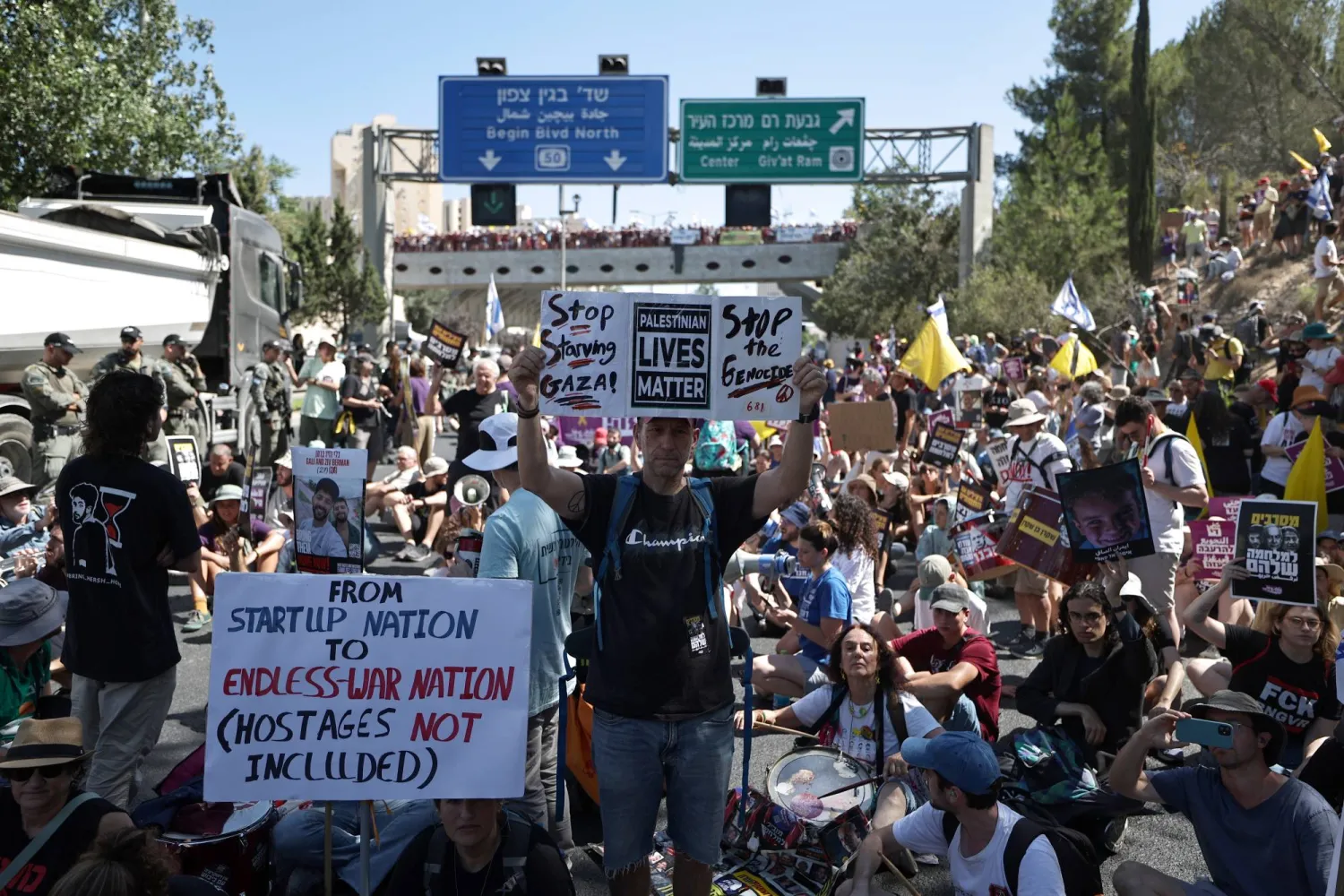
Netanyahu's plan to expand military operations in the Gaza Strip has sparked unprecedented internal tensions, ranging from anger to criticism and warnings.
Nearly half a million Israelis gathered in Tel Aviv on August 17, demanding the immediate release of hostages and a comprehensive deal to end the Gaza war.
This angered Netanyahu and some of his ministers, who viewed the movement as serving Hamas's interests.
Protesters blocked major roads and highways, including the Jerusalem-Tel Aviv highway, and clashed with police, who arrested dozens of demonstrators.
The demonstrations coincided with a strike by about a million workers and employees, paralyzing the Israeli economy.
The families of the hostages fear that the anticipated Israeli attack on Gaza could endanger the lives of the remaining 50 hostages in Gaza, of whom only 20 are believed to be still alive.
The families of the hostages and their supporters are pressing the Israeli government for a deal to end the war, a call also made by some former Israeli military and intelligence leaders in recent weeks.
In turn, Hamas has stressed that it will not release the remaining hostages unless “Israel” agrees to end the war.


